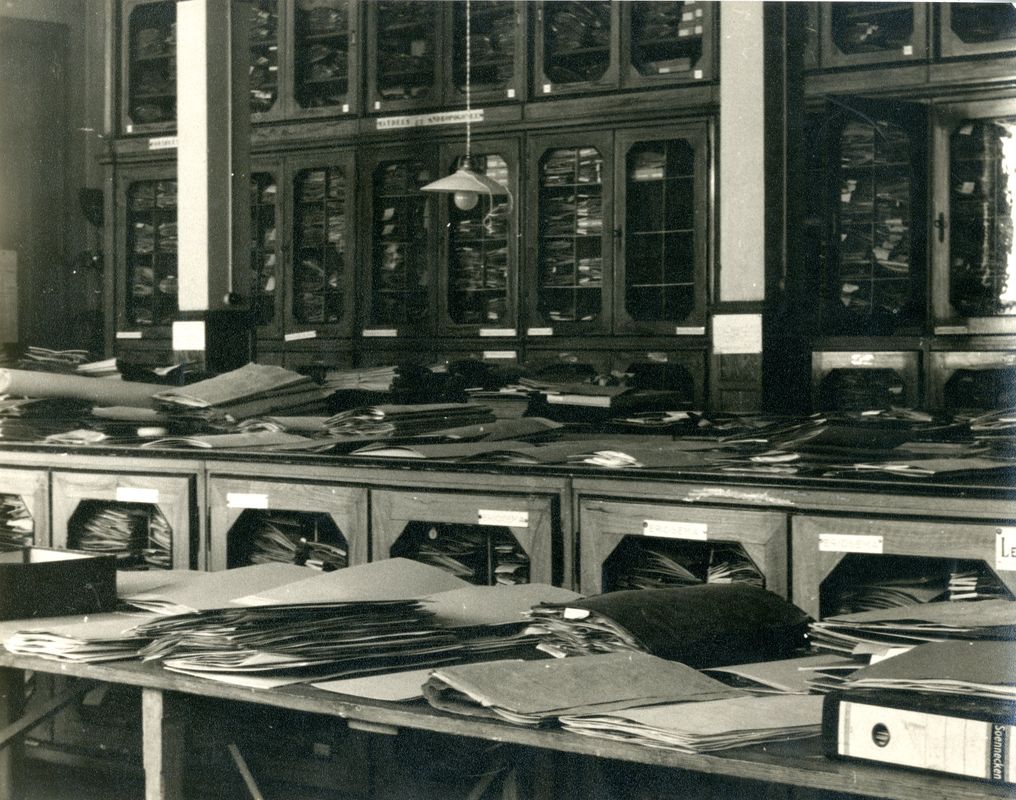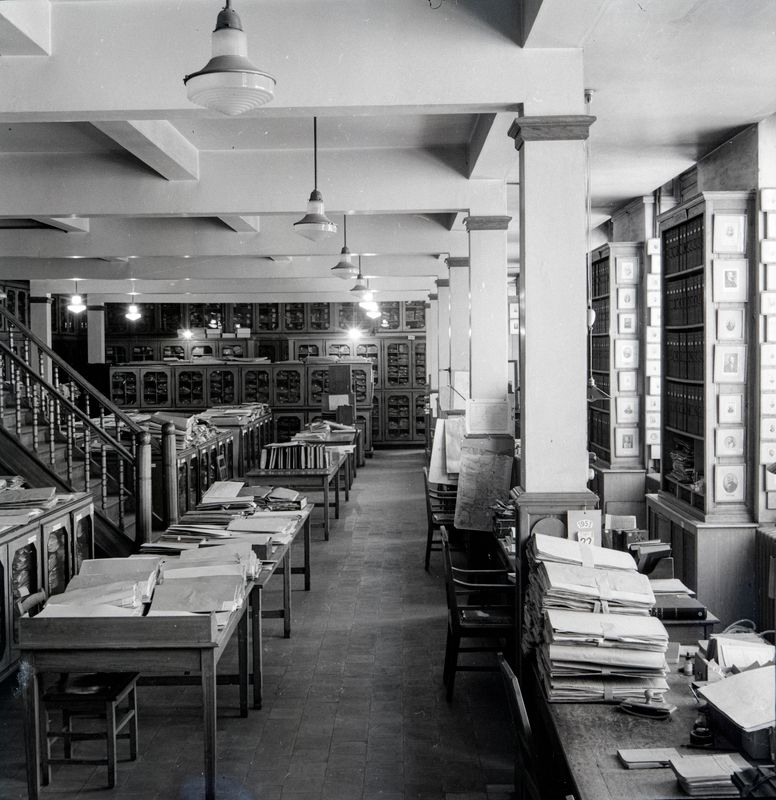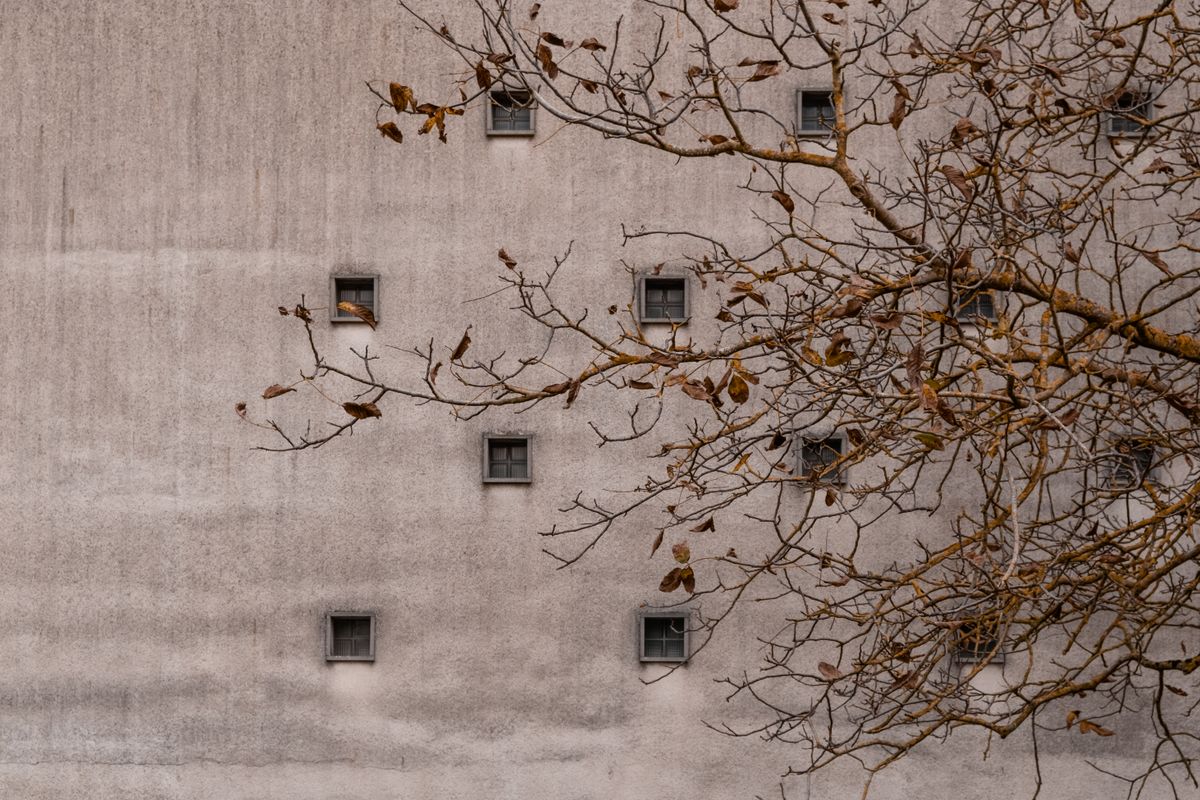
Origin and growth of the herbarium
How it all began..
The Botanic Garden was founded in 1826 under Dutch rule by the Royal Society for Horticulture & Arboriculture of the Netherlands. Gradually, the Botanic Garden either bought, inherited, or was given many notable herbarium collections. Amongst them was the Brazilian Herbarium of Claussen, a collection of vouchers by Dr. Fifechet from Africa, and others collected in Japan by C. L. Blume.
One particularly impressive collection was purchased from the widow of Henri Galeotti (1814-1858). Born in France to a Milanese father, Henri Galeotti moved to Brussels after the Belgian revolution. There, he soon emerged as a talented geologist and botanist. He was hired to extensively explore Mexico. Between 1835 and 1840 he travelled widely collecting 7,297 specimens, of which 4,620 were deposited in the Brussels herbarium.
The ‘Jardin Botanique de Bruxelles’ was originally set up by a number of wealthy citizens as a Joint-Stock company, however in 1870 the buildings and properties of the company were purchased by the Belgian Government through the intervention of botanist and politician Barthélemy Dumortier. This became the ‘Jardin Botanique de l’Etat’.
In 1871 the famous Brazilian herbarium created by Carl von Martius (1794-1868), and consisting of around 300,000 specimens from all over the world, was acquired by the Belgian government and was incorporated into the existing herbarium. Martius was the editor of the Flora Brasiliensis, the first example of a monographic flora series, planned and finished to reflect the richness of flowering plants in a tropical country. This, along with the productive taxonomic work of Alfred Cogniaux and an active acquisition policy of collections from Latin America in the second half of the 19th century, made the herbarium of Meise Botanic Garden a very important reference collection for Latin America.
Other collections at Meise are the European and Belgian herbaria. Early acquisitions included the collection of Baron Oscar de Dieudonné of Leuven, a keen amateur botanist whose ambition to create a comprehensive European flora was halted by his early death. In his relatively short life, however, he managed to collect specimens of 8,685 species. François Crépin, author of Flore de Belgique, provided a helping hand to the growing herbarium by donating 17,821 vouchers of his personal collection and commented that the “Herbier général” in Brussels had to be regarded as one of "les plus considérables".
The Belgian herbarium is particularly important; the Belgian flora is actively studied by a large number of amateurs and students.
Shortly after the establishment of Congo Free State in 1885, the attention of the then ‘Jardin Botanique de l'Etat’ shifted to 'the Congo'. Since the late nineteenth century the Botanic Garden has been involved in studying and collecting Central African plants. King Leopold II ruled over l’Etat Indépendant du Congo and looked to the botanical gardens to find new exploitable products from the territory. Consequently, considerable collecting and study of the central African flora was done during that period, to the extent that an estimated 85% of the specimens ever collected in the Democratic Republic of Congo, Rwanda, and Burundi are represented in the herbarium. The herbarium is therefore the pre-eminent reference collection for Central African Flora.
Numerous acquisitions of very interesting material for this region followed. This material formed the basis of very intensive research activities under the leadership of Emile De Wildeman, among others. The collection became the basis for several flora works for this region, such as the Flore d'Afrique centrale and the Flore illustrée des champignons d'Afrique centrale.
As a result, we have a worldwide collection with a focus on tropical Africa and Latin America, supplemented by very extensive collections from South-western Europe. The latter were mainly acquired through donations from other Belgian herbaria and from the estates of (amateur) botanists.
The herbarium acronym is -BR, derived from Brussels, our former location. This is an internationally recognised acronym, or abbreviation, assigned to our herbarium to indicate the origin of material in scientific publication.






